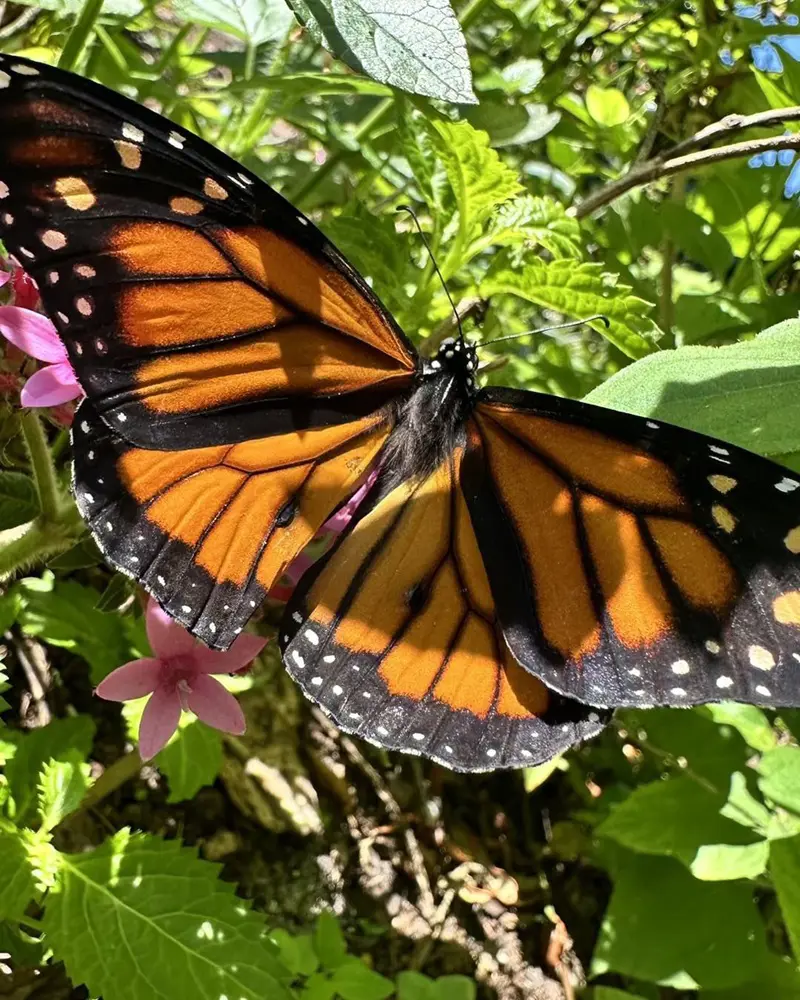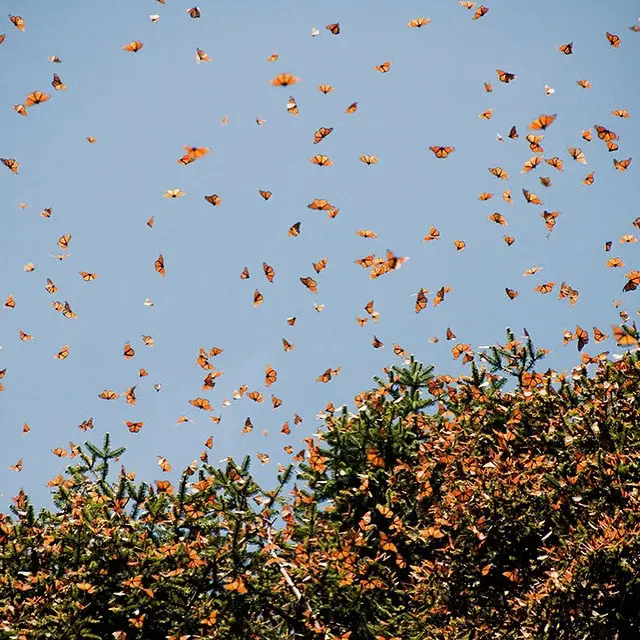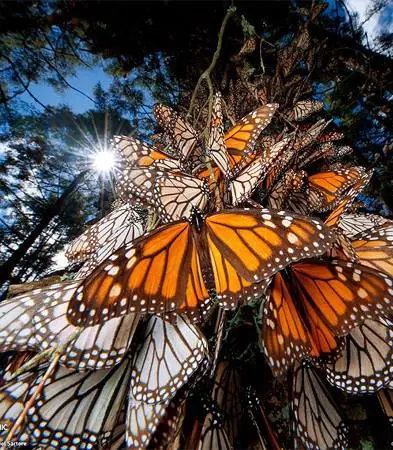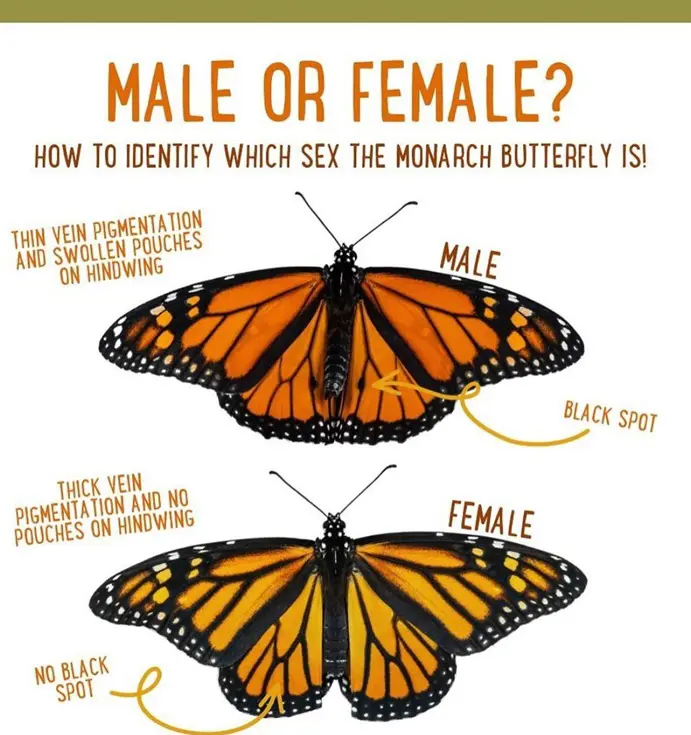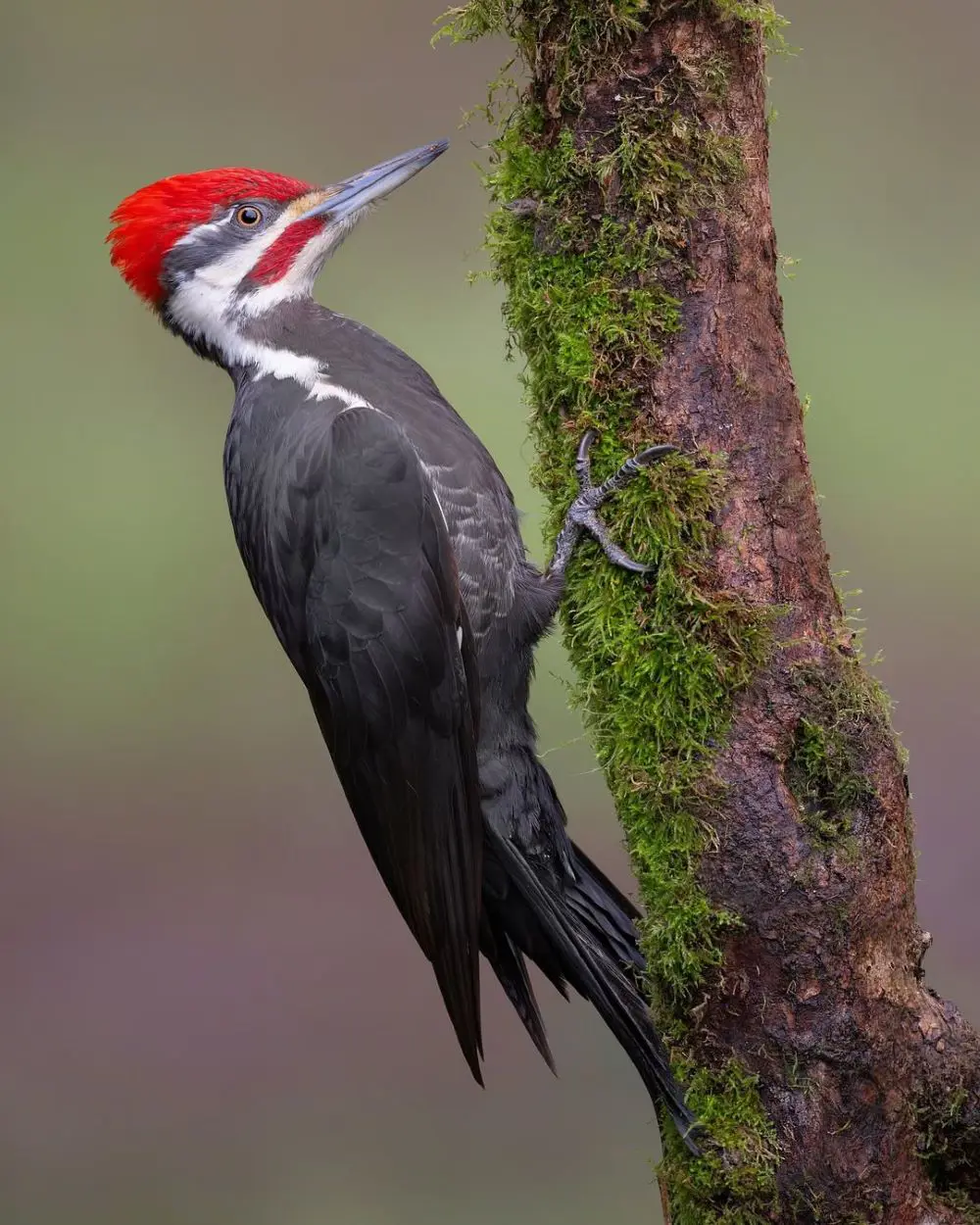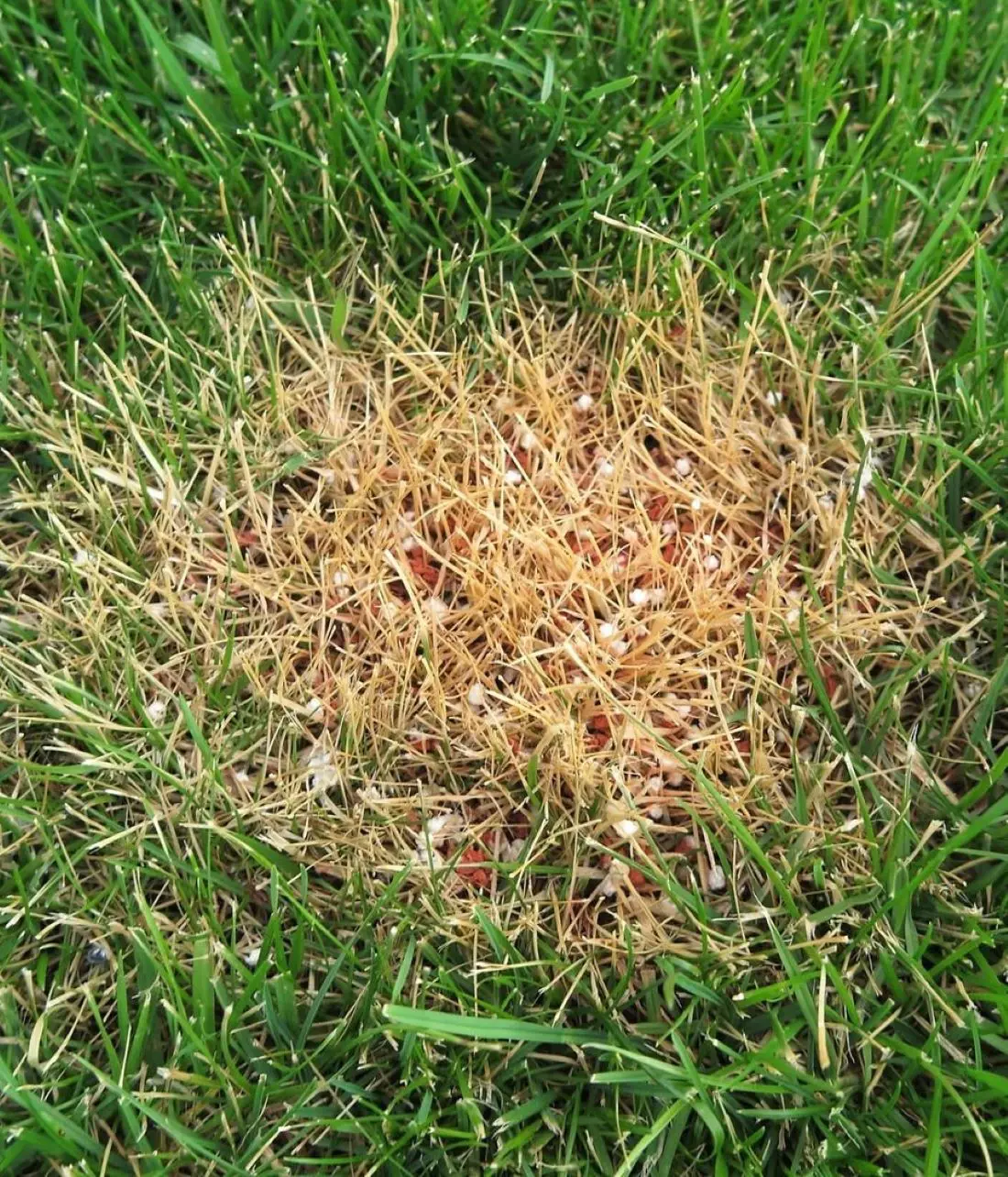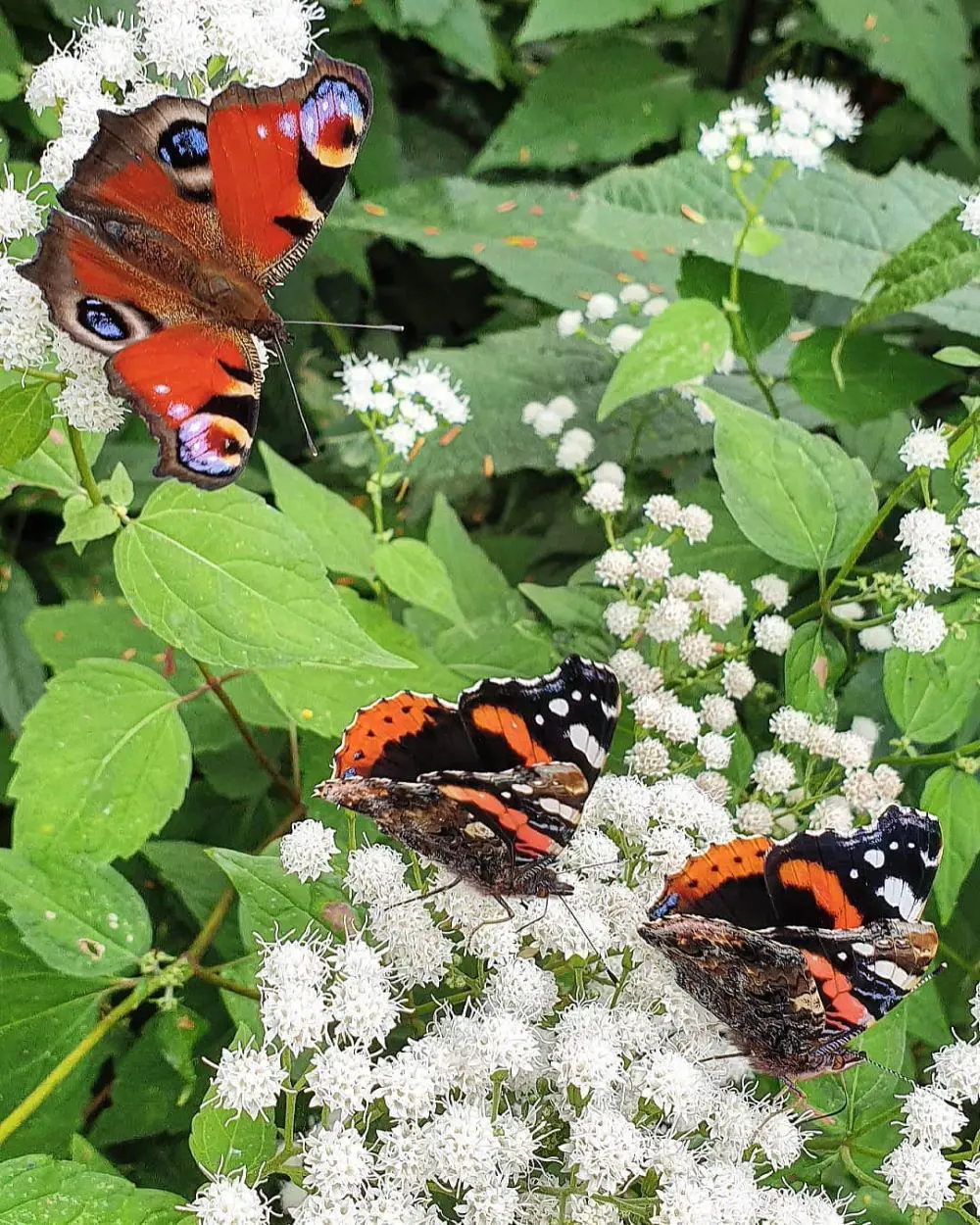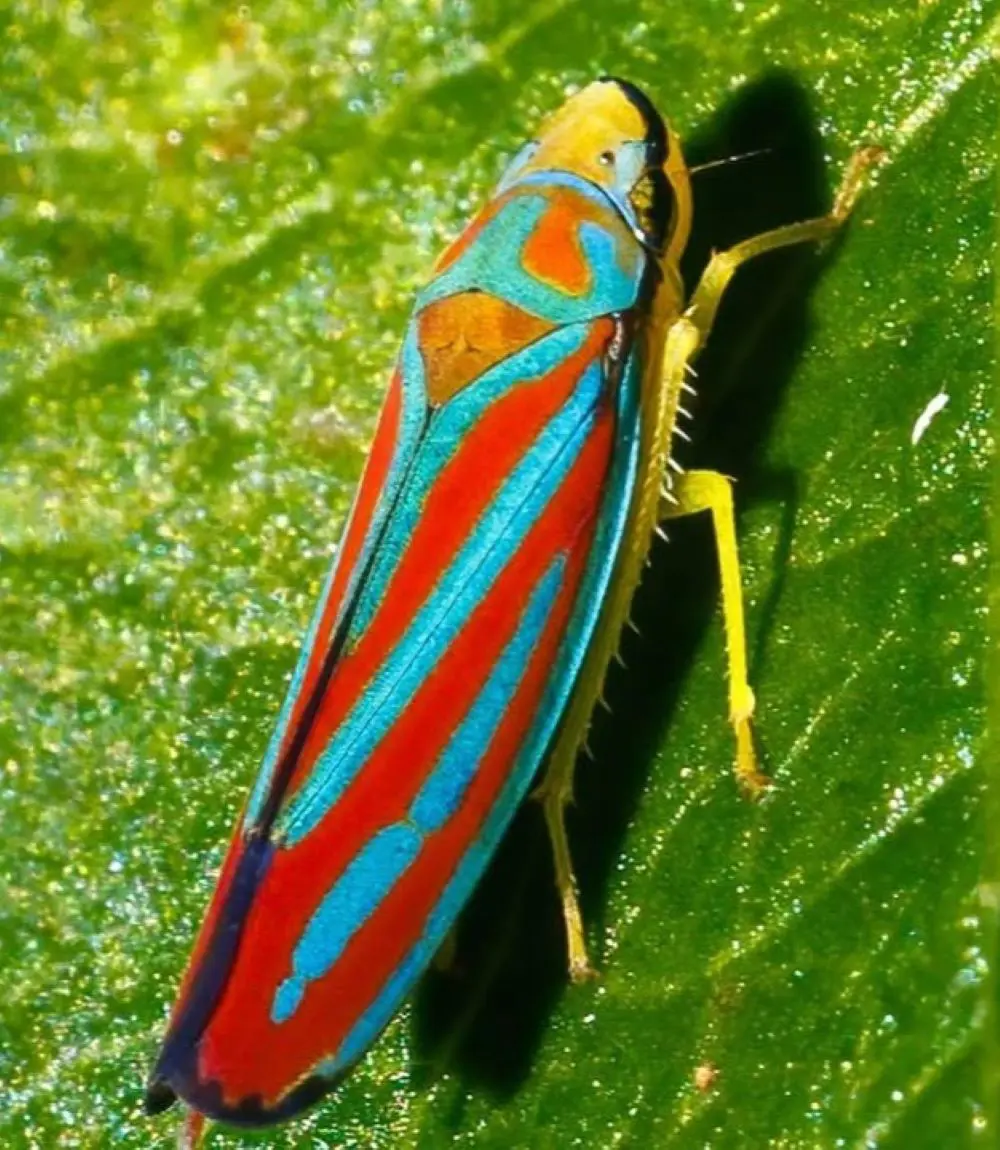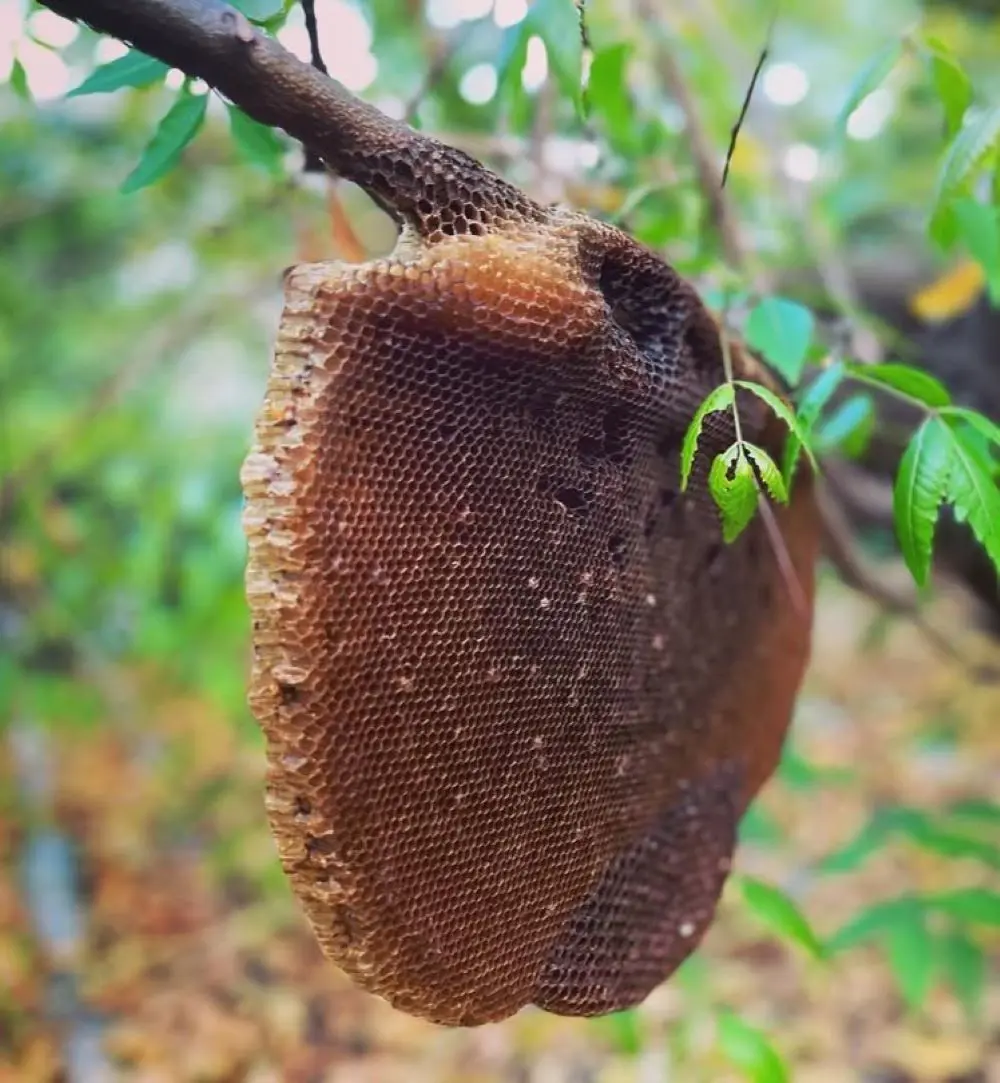1. They Travel Up To 3,000 Miles
Monarch butterflies undertake one of the longest migrations of any insect, traveling up to 3,000 miles from North America to central Mexico. Migrating monarchs can fly at speeds up to 50km/hr.
A monarch butterfly can cover more than 100 miles in a day under favorable conditions by gliding on air currents which allow them to travel swiftly while conserving energy.
Use of Magnetic Field
Each autumn, millions of monarchs set out on this epic voyage, guided by environmental cues such as the position of the sun and the earth’s magnetic field. Despite being so delicate, these butterflies manage to cross vast landscapes, including mountains and rivers, to reach their wintering grounds.
